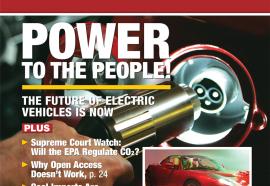Demand Response: Breaking Out of the Bubble
Using demand response to mitigate rate shocks.
In the minds of many policy-makers, DR has become associated with rate shocks, rate volatility, unpredictability, and loss of control over energy costs—the very things DR was designed to overcome. What can be done to change this?








